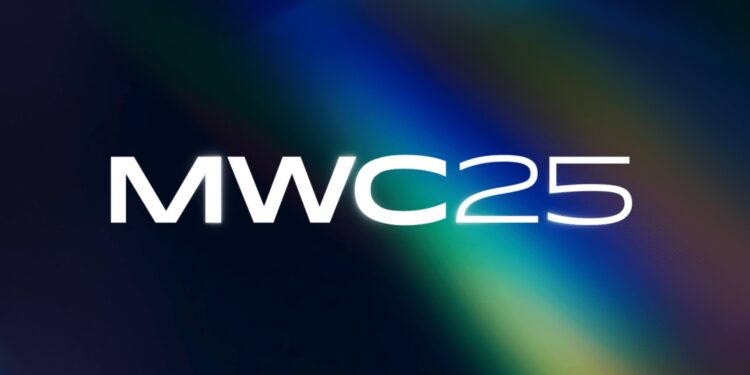Mobile World Congress (MWC) 2025, held from March 3-6, underscored a pivotal shift in the telecommunications landscape, with Artificial Intelligence (AI) emerging as the undeniable orchestrator of next-generation connectivity. Welcoming 109,000 participants, MWC 2025 saw AI and its generative counterpart (GenAI) permeate every facet of the discussions, from optimizing network performance to transforming user experiences and empowering the Internet of Things (IoT).
The “Converge. Connect. Create.” theme resonated deeply as a strong emphasis was placed on the synergy between disruptive technologies. While AI commanded the spotlight, IoT showcased a significant presence, featured prominently in the booths and presentations of global Mobile Network Operators (MNOs), Mobile Virtual Network Operators (MVNOs), and a myriad of IoT hardware vendors. Dedicated summits on 5G IoT, eSIM, and Satellite/Non-Terrestrial Networks (NTN) further cemented IoT’s critical role.
A key takeaway was the burgeoning influence of IoT Hyperscalers, with major cloud providers showcasing advanced platforms and tools designed to manage and derive insights from vast IoT datasets. Their role in providing scalable infrastructure and sophisticated analytics is becoming increasingly vital for businesses deploying large-scale IoT solutions.
Private 5G networks gained substantial traction, with an anticipated CAGR of 44.7% from 2024 to 2030. These dedicated networks are proving invaluable for enterprises seeking secure, low-latency, and highly reliable connectivity for industrial automation, smart factories, and critical infrastructure. The focus has shifted from mere deployment to delivering tangible ROI and addressing diverse industry demands, including local-area, wide-area, and cross-area network solutions.
Multi-Access Edge Computing (MEC) continued its advancement, demonstrating how bringing computing power closer to the data source enhances real-time processing and reduces latency for applications like autonomous vehicles, augmented reality, and industrial IoT. This distributed architecture is crucial for unleashing the full potential of 5G and AI at the edge.
The integration of Satellites/Non-Terrestrial Networks (NTNs) emerged as a crucial component for ubiquitous connectivity, particularly in bridging coverage gaps in remote or disaster-stricken areas. The rise of Low Earth Orbit (LEO) constellations and “direct-to-device” (D2D) technology promises to extend connectivity to regular smartphones, though challenges in spectrum management and interoperability remain.
GenAI on IoT Platforms was a recurring and exciting theme. Companies showcased how generative AI is simplifying the complexity of IoT deployments, enabling seamless interoperability between diverse devices, and automating tasks from data analysis to predictive maintenance. This is set to revolutionize how businesses manage and derive value from their connected assets.
Finally, the SGP.32 eSIM IoT standard gained significant momentum, with widespread adoption expected by 2027. This enhanced Remote SIM Provisioning (RSP) architecture addresses critical IoT-specific requirements such as energy efficiency, lightweight communication protocols, and simplified global scalability.
The ecosystem is actively working towards addressing certification and interoperability issues, paving the way for a truly flexible and secure IoT connectivity landscape. MWC 2025 painted a clear picture: the future of mobile is intelligent, connected, and increasingly defined by the powerful convergence of AI and IoT.
















